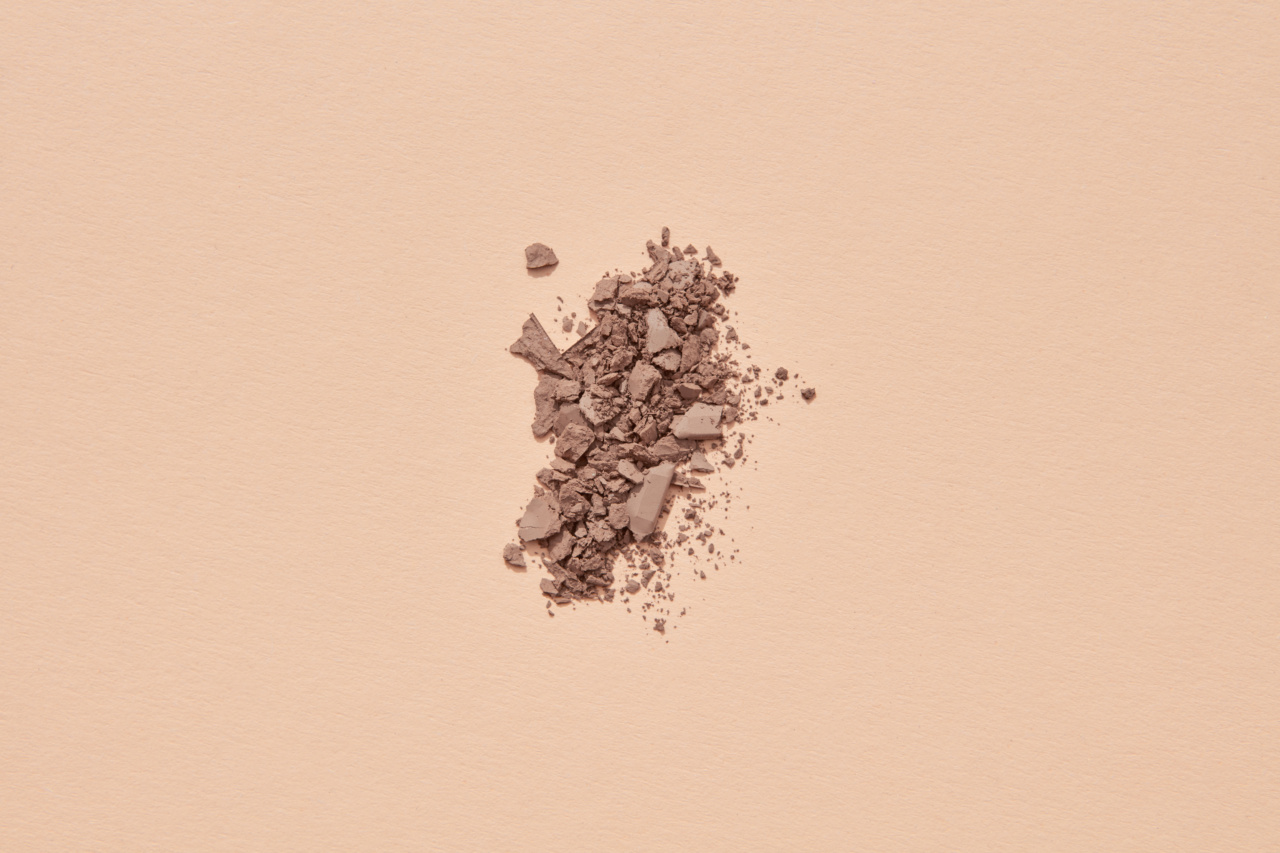A broken nose, also known as a nasal fracture, occurs when the cartilage or bone in the nose is damaged and disrupted. While commonly associated with physical trauma, such as a sports injury or a fall, a broken nose can result from a variety of causes.
Understanding the causes, symptoms, and potential complications of a broken nose can help you navigate the appropriate course of action for treatment and minimize any long-term effects.
Symptoms of a Broken Nose
When an individual sustains a broken nose, various symptoms may manifest. Some common signs to look out for include:.
- Nasal pain and tenderness
- Swelling and bruising around the nose and eyes
- Bleeding from the nose
- Difficulty breathing through the nose
- Visible deformity or misalignment of the nose
If you experience any of these symptoms, it is important to seek medical attention promptly. Delaying treatment can exacerbate the injury and lead to potential complications.
When to Seek Medical Help
If you suspect you have a broken nose, it is crucial to consult a healthcare professional to evaluate the severity of the injury and determine the appropriate treatment plan. Seeking medical help is particularly important if you experience:.
- Severe pain or difficulty breathing
- Continuous bleeding that does not stop within 15 minutes
- Clear fluid draining from the nose
- A nosebleed that accompanies other signs of head or neck injuries
In such cases, it is advisable to visit the emergency room immediately, as these symptoms may indicate a more serious injury.
Complications Associated with a Broken Nose
While a broken nose is often viewed as a cosmetic issue, it can also have underlying complications that extend beyond appearance. Some potential complications include:.
- Septal hematoma: This occurs when blood accumulates between the cartilage and the lining of the nasal septum, leading to nasal congestion, difficulty breathing, and potentially necrosis.
- Chronic sinusitis: A broken nose can disrupt the normal drainage of the sinuses, leading to recurring sinus infections and inflammation.
- Deviated septum: When the nasal septum is shifted or misaligned due to a nasal fracture, it can obstruct nasal airflow and cause breathing difficulties.
- Facial asymmetry: If a broken nose does not heal properly, it can result in facial asymmetry and an altered appearance.
- Psychological impact: The visible changes caused by a broken nose can affect an individual’s self-esteem and confidence, leading to psychological distress.
Having a comprehensive understanding of these potential complications emphasizes the significance of seeking appropriate medical care and treatment.
Treatment Options
The treatment for a broken nose may vary depending on the severity of the fracture.
Mild fractures that do not cause significant misalignment or obstruction may require minimal intervention, such as managing pain and swelling with ice packs and over-the-counter pain relievers.
However, more severe cases may necessitate medical intervention, including:.
- Nasal realignment: In cases where the nasal bones are significantly displaced, a healthcare professional can manually realign the nose shortly after the injury.
- Nasal packing: If there is excessive bleeding, nasal packing may be required to control the bleeding and prevent septal hematoma.
- Splinting: The healthcare provider may apply a splint to the nose to protect and stabilize the bones during the healing process.
- Surgery: In complex cases where there is extensive injury, open reduction and internal fixation (ORIF) surgery may be necessary to restore the nose’s shape and function.
Following the recommended treatment plan and adhering to any post-treatment instructions is crucial for optimal healing and the prevention of potential complications.
Preventing a Broken Nose
While we cannot always prevent accidents or injuries, taking certain precautions can help reduce the risk of sustaining a broken nose. Here are some preventive measures to consider:.
- Wearing protective gear: Engaging in activities that involve potential facial impact, such as contact sports or cycling, warrants the use of appropriate protective gear like helmets and face masks.
- Practicing caution: Being mindful of your surroundings and avoiding situations that may pose a high risk of injury can significantly decrease the likelihood of a broken nose.
- Teaching proper techniques: If you participate in sports, ensure that you are educated on proper techniques and safe practices to minimize the risk of accidents.
- Maintaining a safe environment: Making your surroundings safe by removing hazards or taking necessary precautions can help prevent accidents that may lead to a broken nose.
While these measures cannot guarantee complete prevention, they can contribute to reducing the vulnerability of sustaining a broken nose.
Conclusion
A broken nose is not solely a cosmetic issue; it can have significant implications on both physical and psychological levels.
Prompt medical attention, appropriate treatment, and a comprehensive understanding of potential complications are vital for optimal recovery. By taking preventive measures, we can minimize the risk of sustaining a broken nose and safeguard our overall well-being.





























